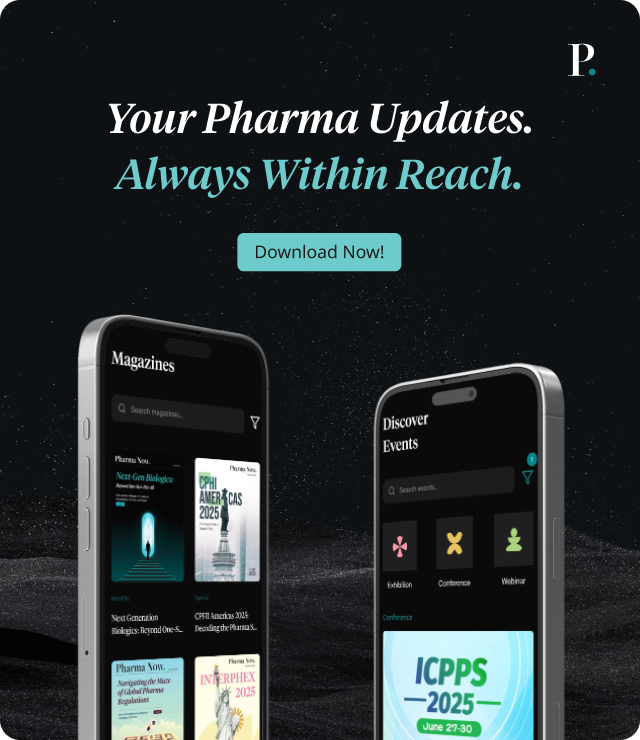Outlook Therapeutics Moves ONS-5010 Closer To Approval As FDA Begins 60-Day Class 1 Review; FDA Accepts Resubmitted BLA
FDA accepts Outlook Therapeutics’ resubmitted BLA for ONS-5010 with a 60-day review and PDUFA date of December 31, 2025 for wet AMD.
Breaking News
Nov 14, 2025
Vaibhavi M.

Outlook Therapeutics, Inc. announced that the U.S. Food and Drug Administration has officially acknowledged the company’s resubmission of its Biologics License Application for ONS-5010 (bevacizumab-vikg), an investigational ophthalmic formulation for treating wet age-related macular degeneration (wet AMD). The agency has deemed the resubmission a complete Class 1 response to its August 2025 action letter, initiating a 60-day review cycle. Consequently, the FDA has assigned a PDUFA goal date of December 31, 2025. If approved, ONS-5010 will be marketed under the brand name LYTENAVA™.
“We are pleased that the FDA has accepted our resubmission of the BLA for ONS-5010 (bevacizumab-vikg), marking another important milestone in our effort to bring the first and only FDA-approved ophthalmic formulation of bevacizumab to patients in the United States suffering from wet AMD. Our team has worked diligently to address the feedback from the agency, strengthen the resubmitted BLA and resolve the outstanding issue highlighted in the Complete Response Letter (CRL) from August 2025,” commented Bob Jahr, Chief Executive Officer of Outlook Therapeutics.
LYTENAVA™, an ophthalmic version of bevacizumab manufactured in the United States, is already authorized in Europe. It holds centralized Marketing Authorization from the European Commission and approval from the UK’s Medicines and Healthcare products Regulatory Agency for the treatment of wet AMD. However, in certain EU Member States, the therapy must still secure pricing and reimbursement clearances before it can be commercially available.
Bevacizumab-vikg (known as bevacizumab gamma in the EU and UK) is a recombinant humanized monoclonal antibody that binds with high affinity to all VEGF isoforms, blocking their ability to interact with VEGFR-1 and VEGFR-2 receptors on endothelial cells. Delivered through intravitreal injection, it suppresses VEGF-driven pathways responsible for abnormal blood vessel growth, vascular leakage, and retinal swelling—key drivers of wet AMD progression.
